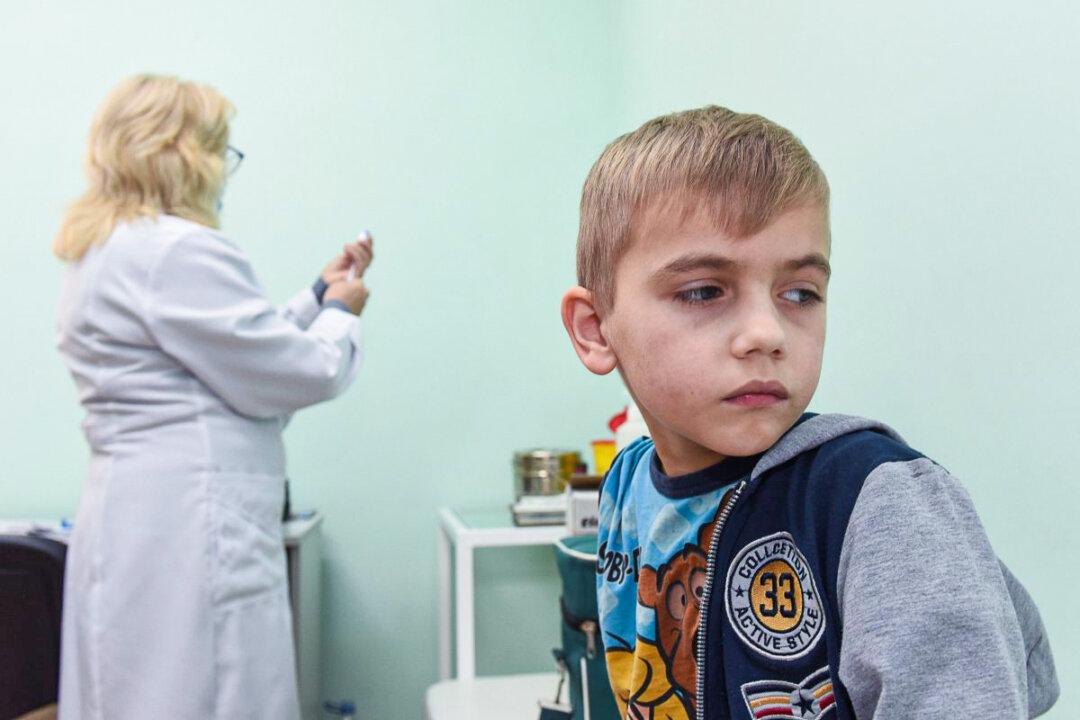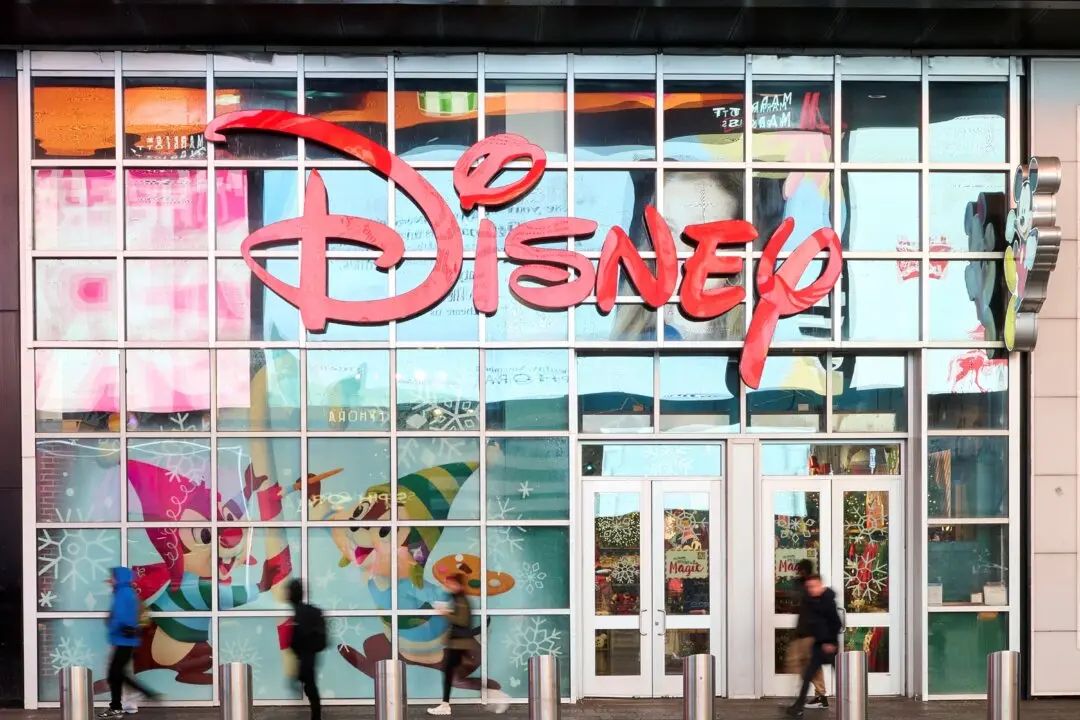The percentage of school-aged American children who’ve received routine childhood vaccines, while still high, has dropped again during the past school year, a new government report says.
The report, released Thursday by the U.S. Centers for Disease Control and Prevention (CDC), looked at the coverage rates of four vaccines mandated by state and local school entry requirements, including measles, mumps, and rubella (MMR) vaccines; the diphtheria, tetanus, and acellular pertussis (DTaP) vaccines; and vaccines against poliovirus (polio) and varicella (chickenpox).





